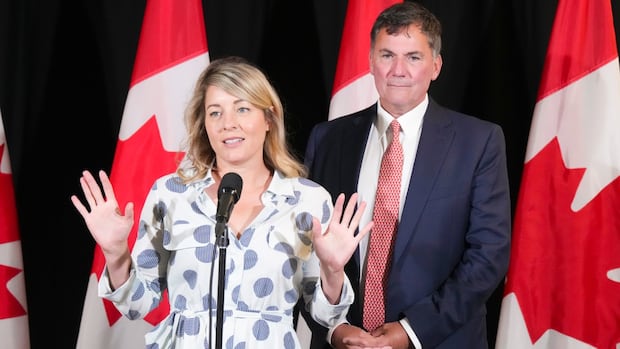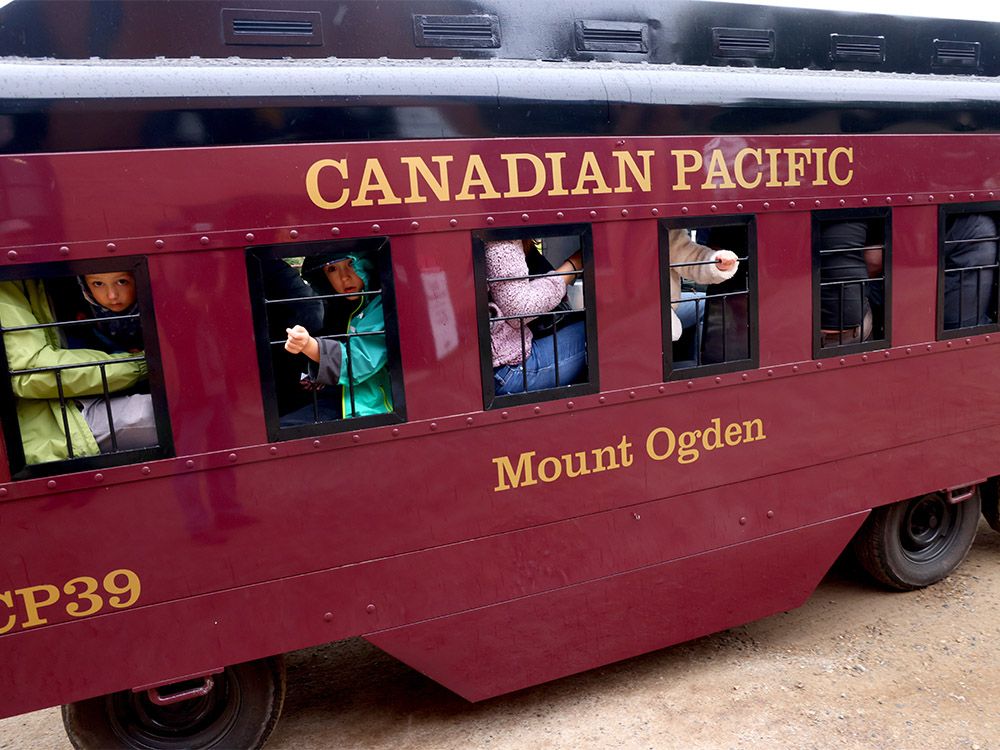Trump is forcing Canadian leaders to grapple with what they can’t control — and what they can

The past few weeks have shed light on the limited control that Canadian leaders have over the current president of the United States. It seems that no amount of persuasion or negotiation can fully sway the decisions made by the American administration.
Six-and-a-half years ago, the imposition of tariffs on steel and aluminum by Trump’s first administration led to criticism of Prime Minister Justin Trudeau by the Conservatives. They called him a “failure” and questioned his ability to address the tariff issue. Even as recently as last fall, Conservative Leader Pierre Poilievre highlighted the successes of Stephen Harper, a former Conservative prime minister, in dealing with American presidents compared to Trudeau’s struggles with Trump.
Despite the existence of a free trade agreement and previous agreements to lift tariffs, Trump’s threats to reimpose tariffs on steel and aluminum demonstrate that any agreements with him are only temporary. The unpredictability of the American president makes it difficult for Canadian leaders to anticipate and control his actions.
While Canadian leaders must continue to engage with the American administration to protect the country’s interests, the ultimate control lies with Trump. The potential impact of tariffs on the highly integrated North American economy is a cause for concern, as it could have far-reaching consequences for both countries.
Foreign Affairs Minister Mélanie Joly has been actively engaging with her U.S. counterpart in an effort to shape the Trump administration’s approach to Canada. However, the decision-making process in the U.S. remains unpredictable, leaving Canadian leaders with limited influence.
In response to the challenges posed by the U.S., Canadian leaders are focusing on what they can control. Mark Carney, a Liberal leadership contender, emphasized the importance of investing in the country and building partnerships internationally. Conservative Leader Pierre Poilievre highlighted the need to assert control over the North and increase military spending to ensure Canada’s sovereignty.
The current political landscape in Canada reflects a growing sense of nationalism, with calls to prioritize Canadian interests and reduce international commitments. However, there are debates about how to fund increased military spending and the implications of reducing foreign aid.
As Canada navigates its relationship with the United States, it is essential to focus on building a strong and independent country. The upcoming federal election will be crucial in determining the path forward for Canada in the face of a changing geopolitical landscape.




